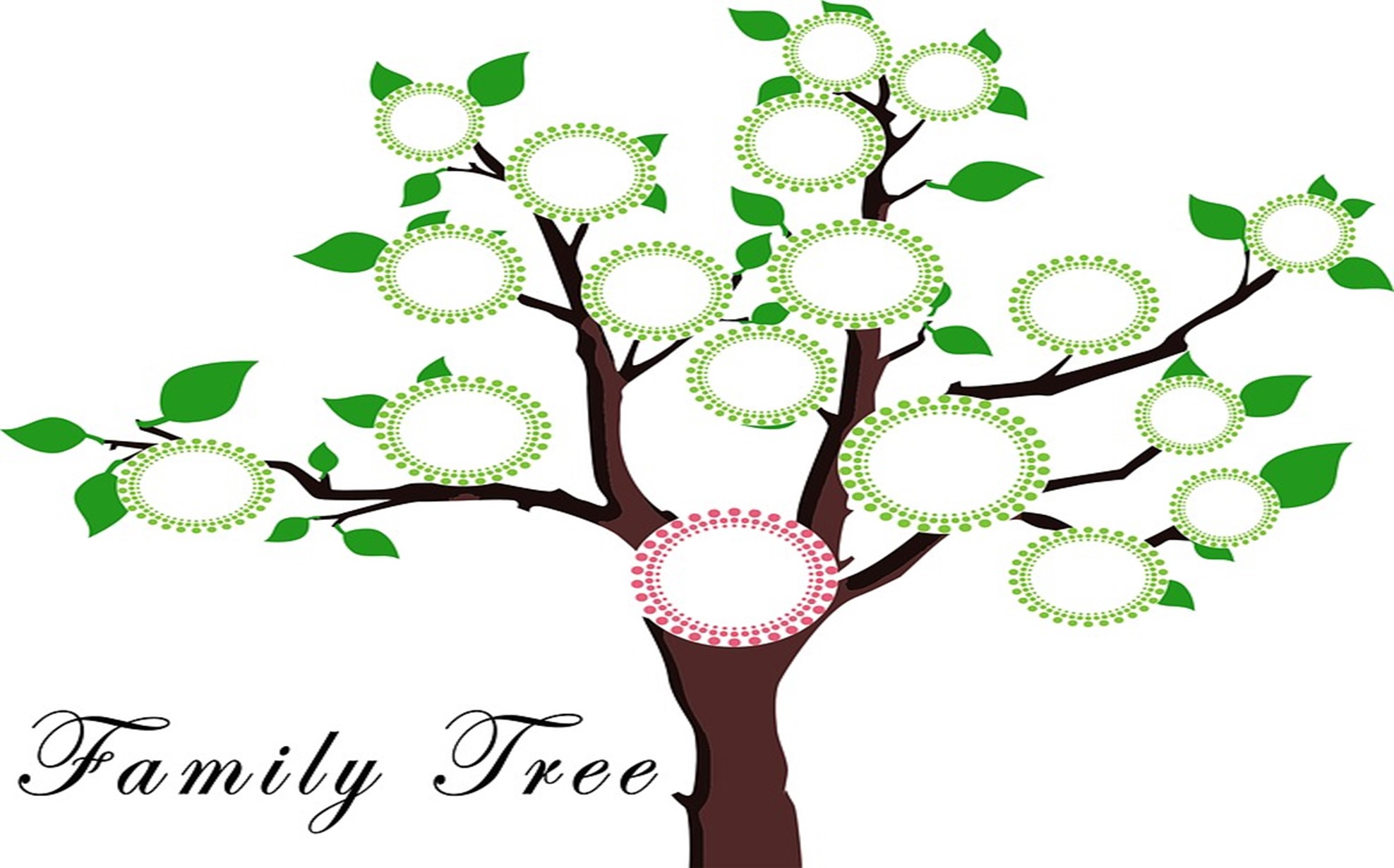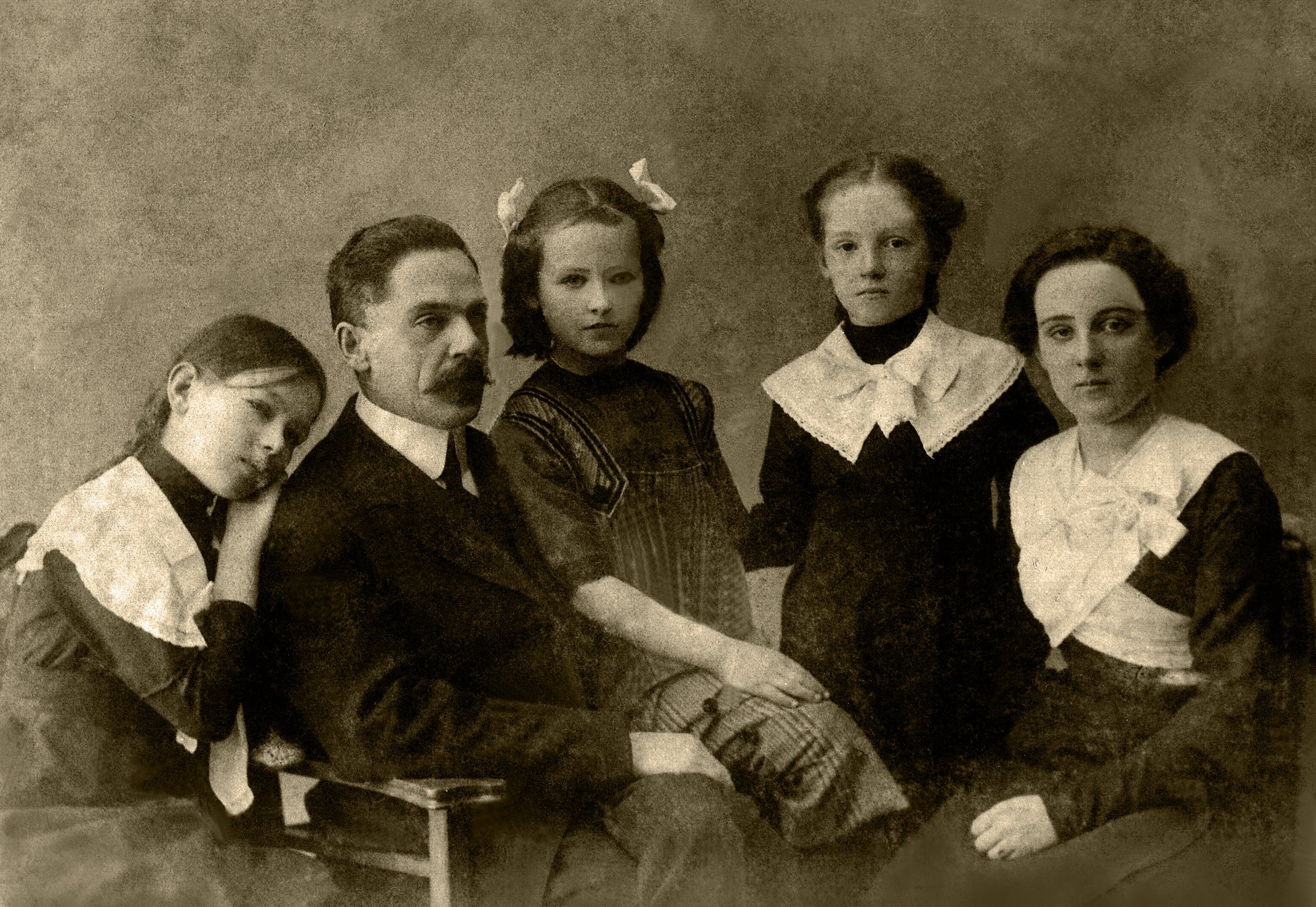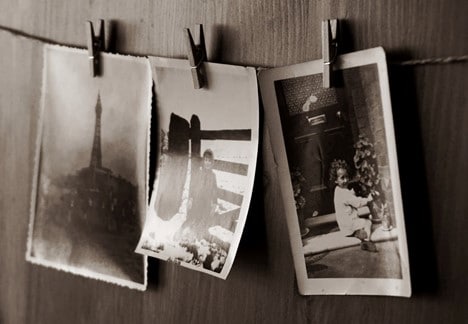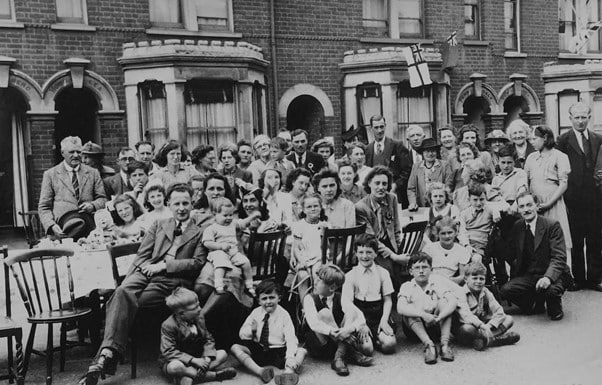
10 Formats for Sharing Your Family History
10 FORMATS FOR SHARING YOUR FAMILY HISTORY
Sharing your family history with others can inspire future generations and answer questions about your identity, traditions, and culture. Your link to the past becomes more focused, and you uncover secret talents and triumphs that no one in your family ever dreamed could be possible.
Still, sharing your family history comes with challenges. Even if you research and find new nuggets of information, the hard work has just begun.
Now, you must put it in writing and use the appropriate format. Although your audience may only consist of family members, you still need to present the information to capture their attention and hold it—just like a professional writer would.
With that critical task in front of you, here are the most common formats to tell your family history and some expert tips for using them.
10 Formats for Sharing Your Family History
1. Pedigree Chart
A pedigree chart displays your direct ancestors during a predetermined historical period. The starting point is usually you or someone within your immediate family. However, it only shows parents, grandparents, or great-grandparents. It typically leaves out aunts, uncles, nieces, nephews, and siblings.
Pedigree charts are mainly for research purposes but can stand alone as a graphic representation of family lineage. The medical community also uses these vital tools to identify past traits or health conditions, identifying those susceptible to disease in your family.
2. Timeline
Whenever you search for ancestors, a timeline allows you to know more about their ancestors’ lives than just their name, date of birth, and last location. It reveals details about important events in their life, such as:
- Birth
- Baptism
- Marriages
- Military service
- Employment
Each event shows the approximate age and date when it happened. It can also include places, detailed descriptions, and sources where you found the information.
A timeline is considered a formal document, so be sure to list ancestors in chronological order. Also, if it’s part of an academic project, citing your sources is a must.
3. Family Tree
A family tree is a chart or diagram that represents family members and the links between each. It starts with genealogical research and continues with charting the relationships between each family member.
A family tree is the simplest format to follow in most cases. However, it gets more complicated as you uncover different family members or information regarding people you never knew existed.
To begin working on your family tree, you must pull your research from different sources, including:

- News articles
- Photos
- Legal documents
- Living relatives
- Friends and associates
Start with an outline and fill in your family members as far down the line as possible. Include marriages, ancestors, and any children or grandchildren.
The ancestor tree format is the most common type to use. It starts with you as the main root of the tree and branches off into your known ancestry.
You can also use a descendant tree. This format its the best one that shows the descendants of an aging parent or grandparent. It typically starts with the oldest known relatives – such as grandparents or great-grandparents – and works its way down to the youngest children in your family.
4. Family History Scrapbook
Also called heritage albums, family history scrapbooks can be a fun way of preserving memories of loved ones. With some old photos and a few basic supplies, you can turn an ordinary photo album into a treasured family keepsake to enjoy with future generations.
Start by deciding on the type of photo album you want, along with background colors and themes. It doesn’t have to be complicated, but you want to contrast the background paper with the photo mats and other accents throughout your book.
Next, choose what you want to include in your scrapbook. For example:
- Photos
- Newspaper clippings
- Cards and letters
- Event programs
- Old coins (kept in a separate pocket)
Be careful with these items since they can damage photos:
- Pressed flowers or leaves
- Metal items (foil, glitter, wire)
- Silk
- Wool
- Heavily dyed fabric
- Buttons and beads
Try using a different theme for each page in your scrapbook. For example, you could have one page dedicated to memorable events and another for holidays. Another idea is to use before and after pictures of home renovations or a chronological photo spread of the different clothing and hairstyles throughout the years.
5. Coffee Table Book
One of the most popular styles of print books that have stood the test of time is the classic coffee table book. Fill yours with large family photos and include captions to highlight where and when the images were taken to make the best coffee table books.
You could dig through that old shoebox to find some interesting photos of relatives, but you also have other sources available. For example, try looking in your local library or town hall. You can even query historical societies on X (formerly Twitter) or Facebook to get help with your research.
6. Family Cookbook
Have you collected several family recipes over many years? A Family cookbook is an excellent way to share secret dishes passed down through the generations.

Making a family cookbook is easy, with just a few key steps.
First, decide on a theme. Will it be a large book or something that fits easily on a shelf?
Will you include photos of the finished dishes, or will you leave it up to the reader’s imagination?
Next, collect all the recipes, photos, and stories behind each dish. A scanned copy of a crinkled, handwritten recipe—complete with a smattering of spaghetti sauce—can add charm to your cookbook.
Finally, put the book together using photos, recipes, and stories about how the dish was created and who started the tradition. Insert a table of contents, divide each section by chapters, and be sure to have a few blank pages available for note-taking.
Using a commercial cookbook as a guide is okay, but remember, you want it to be unique to your family. Go a little crazy and have some fun with it!
7. Custom Comic Book
What if you could make a comic book out of your family history? Well, now you can. Several custom graphic arts companies offer full-length comic books using photos of family members.
The way it works is that you send the artist some photos along with your family bio. They create a custom comic book cover, using the information and images. All characters are in the likeness of your family members, and each plays a part in saving the world!
Custom comic books are a fun way to tell readers your family’s story. Companies offering this unique service include:
- Your Comic Story
- Make Me A Comic
- AJ Personalized Comics
- Mindy Indy
- Custom Comic Story
8. Family Biography
A family biography is a narrative set against a historical backdrop and focuses on your family ancestry. While it presents interesting facts about your family you’ve collected over the years, you get to tell your story in a compelling way.
Since any biography needs to get all the details correct, you must ask those in your family to provide as much information about themselves as possible.
Sending a questionnaire via email is the easiest method. Be sure to get:
- Full legal names
- Birth dates
- Marriage dates
- Addresses
- Significant events
Now you have a starting point, but you’ll need more information as you go. Be sure to get as many photos as possible from each family member, chronicling their entire lives.
As a final step in the research process, send customized questionnaires to everyone highlighted in your book. Ask about their childhood and what they liked or disliked about it. Also, delve into their favorite hobbies, foods, and memories.
You’ll uncover secrets you never knew about your closest relatives!
Since your biography will probably finish as a full-length book, it’s good to seek the help of a writing agency. Professional writers, editors, and proofreaders can look objectively at your work and offer suggestions on improving it.
9. Historical Fiction Novel
Every family has a remarkable ancestor who achieved the impossible, made an enormous contribution to society, or fought valiantly in a war.
Sometimes, instead of writing a biography, it’s better to tell their story using fiction.
While writing a fiction novel can be daunting, a ghostwriter can help you get started.
Better yet, a writing agency can provide you with a team of professional writers, editors, and proofreaders to ensure all the hard work you did on research doesn’t go to waste.

A writing agency experienced in historical fiction can take the guesswork out of putting all the story elements together, utilizing best practices when describing characters, and getting answers from living family members if needed.
If you decide to write a historical fiction book or a novel about a family member, get permission from everyone mentioned in the story—even if you change their names—before proceeding.
Also, be prepared to receive pushback for any story that hits close to home. Again, it’s best to consult any living family members mentioned in the story to get their feedback early on.
10. Memoir Book
One of the best ways to convey your family history is by telling it from your unique perspective. Unlike a biography, a memoir book is written in the first person and captures your memories as if you’re telling them to your best friend.
Even if you intend to limit your readership to close family members, you’ll need the entire book to be compelling and engaging. This means using lots of emotion throughout, including humor where appropriate.
So, how do you start a memoir if writing isn’t your thing? You could hire a ghostwriter to help you! While many individual freelancers are available, you should consider hiring a writing agency. The best ones have several writers, editors, and proofreaders available who have the skills and knowledge you need to complete your memoir book.
Quick Recap
You’ve probably concluded by now that sharing your family history involves a good deal of effort. But take heart: You at least have a starting point for choosing the correct format.
Some of these formats—particularly books—require a lot of research, writing, editing, and proofreading to pull it off, which is why many people enlist the help of a ghostwriter. But as mentioned earlier, it’s best to use a full-service writing agency to ensure you get the finished product you deserve.
Related Content
- 0 Comment
Subscribe to Newsletter
- How Can SharePoint Be Used To Organize and Disseminate SOPs?
- Planning the Perfect Genealogy Research Trip: A Step-by-Step Guide
- From Silly to Awesome: How Words Change Meaning Over Time
- The Psychology of Font Choice: How Typography Impacts Content Engagement
- How to Distribute SOPs for Maximum Usability




